Instagram Reels have become an integral part of the social media experience, offering a platform for creativity and sharing short, engaging content. For users looking to keep a copy of their Reels or share them across different platforms, saving them to the camera roll on their mobile device is a necessary step. This article provides a step-by-step guide on how to save Instagram Reels directly to your camera roll.
Understanding Instagram’s Download Options
Instagram offers a variety of methods for users to save and download content, such as Reels, within the app. These options are designed to provide flexibility for content creators who wish to archive their work or share it across different platforms. However, it’s important to be aware of Instagram’s policies and limitations when it comes to downloading content, especially when the content belongs to other users.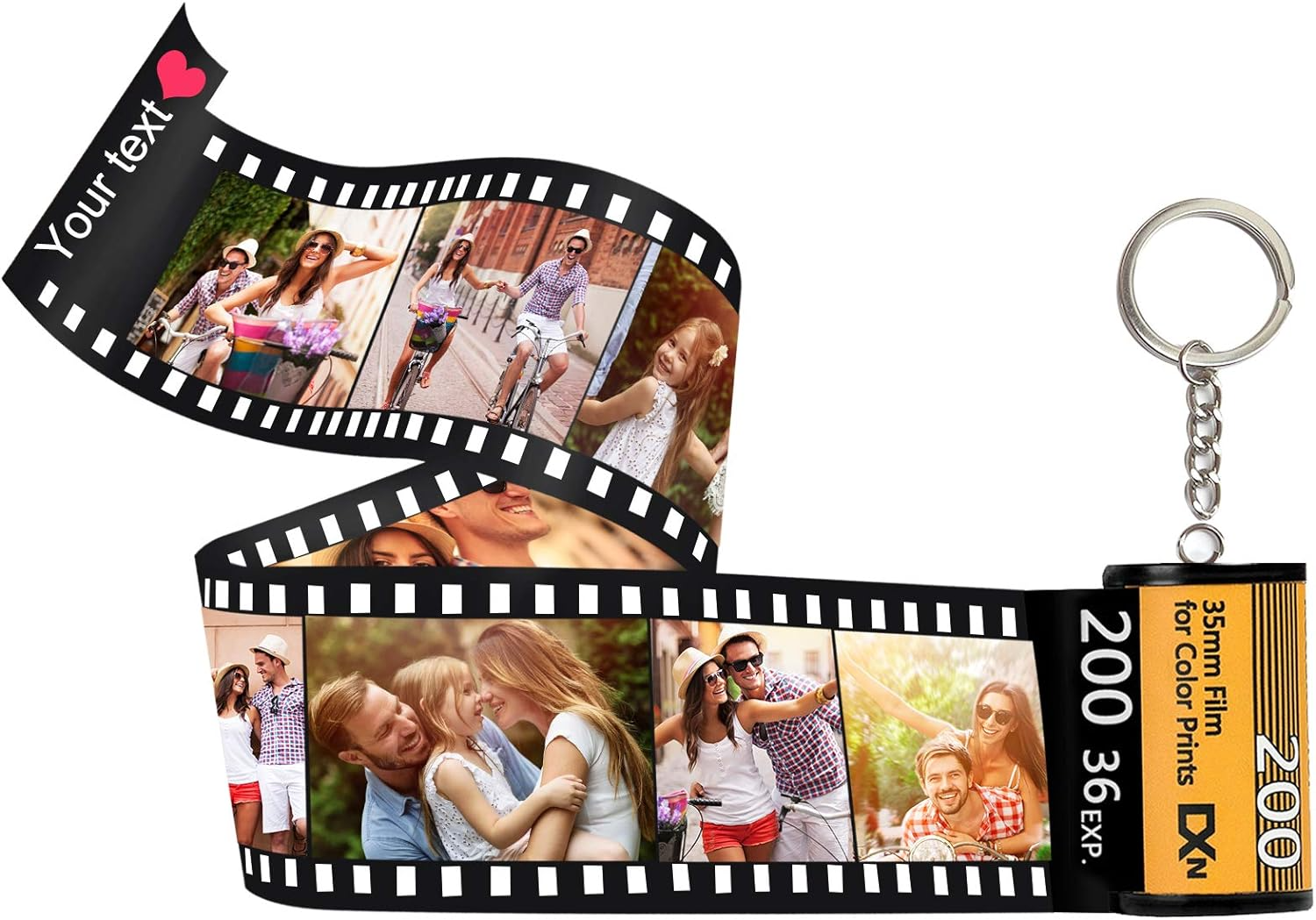
Saving Your Own Instagram Content
When you create a Reel on Instagram, the app provides an option to save the video directly to your camera roll before posting. This is the simplest method to ensure you have a local copy of your content. In the final editing stage, before sharing your Reel, look for the download icon (often represented by an arrow pointing downward) and tap it to save the video. The Reel will be saved with all the edits, filters, and music you’ve added, just as it appears on Instagram.
After sharing a Reel, you can still download it by visiting your profile, selecting the Reel from your feed, and tapping the three dots to access the menu. If the option to ‘Save to Camera Roll‘ or ‘Save Video’ is available, select it, and the Reel will be downloaded to your device’s gallery. This function can be particularly useful for creators who want to repurpose their Instagram content for other social media platforms or for archival purposes.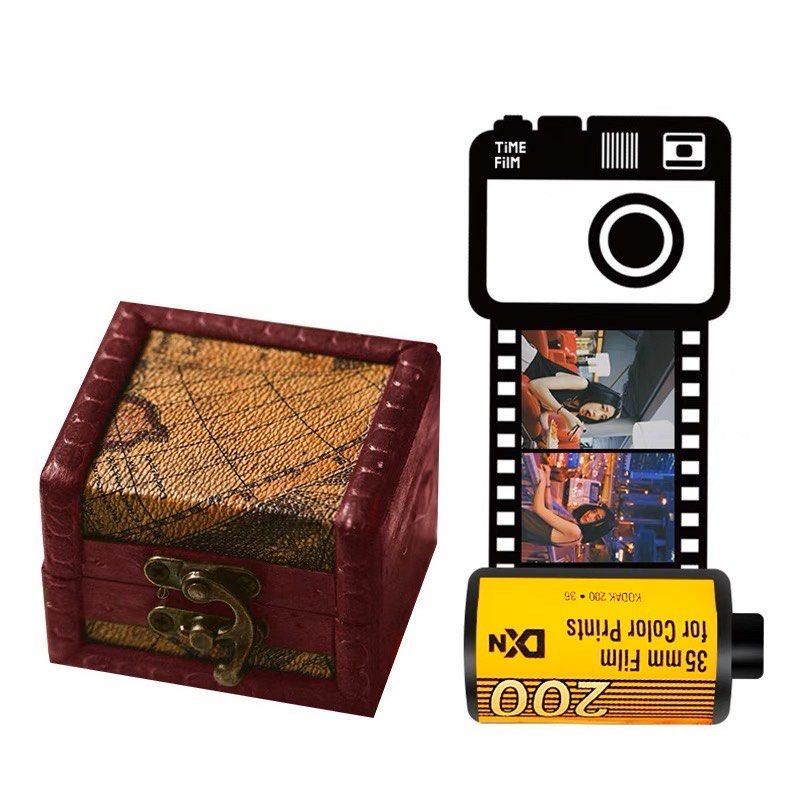
Download Restrictions
It’s worth noting that Instagram has certain restrictions in place to prevent the download of content that you did not create. This is to protect the copyright and intellectual property of the users who generated the original content. While you can save other users’ posts within the app for later viewing, Instagram does not natively support the download of these to your camera roll.
For your own content, Instagram may also limit the ability to download Reels that contain music or other copyrighted elements that are licensed for use only within the Instagram platform. In such cases, you might find that the ‘Save to Camera Roll’ option is either grayed out or absent. It’s essential to be aware of these limitations and respect the usage rights associated with the content available on the platform.
Understanding Instagram’s download options helps users manage their content across platforms while respecting the intellectual property rights of all creators. While the app facilitates the archiving of your own creations, it also encourages a respectful community by restricting the download of others’ work without proper permissions.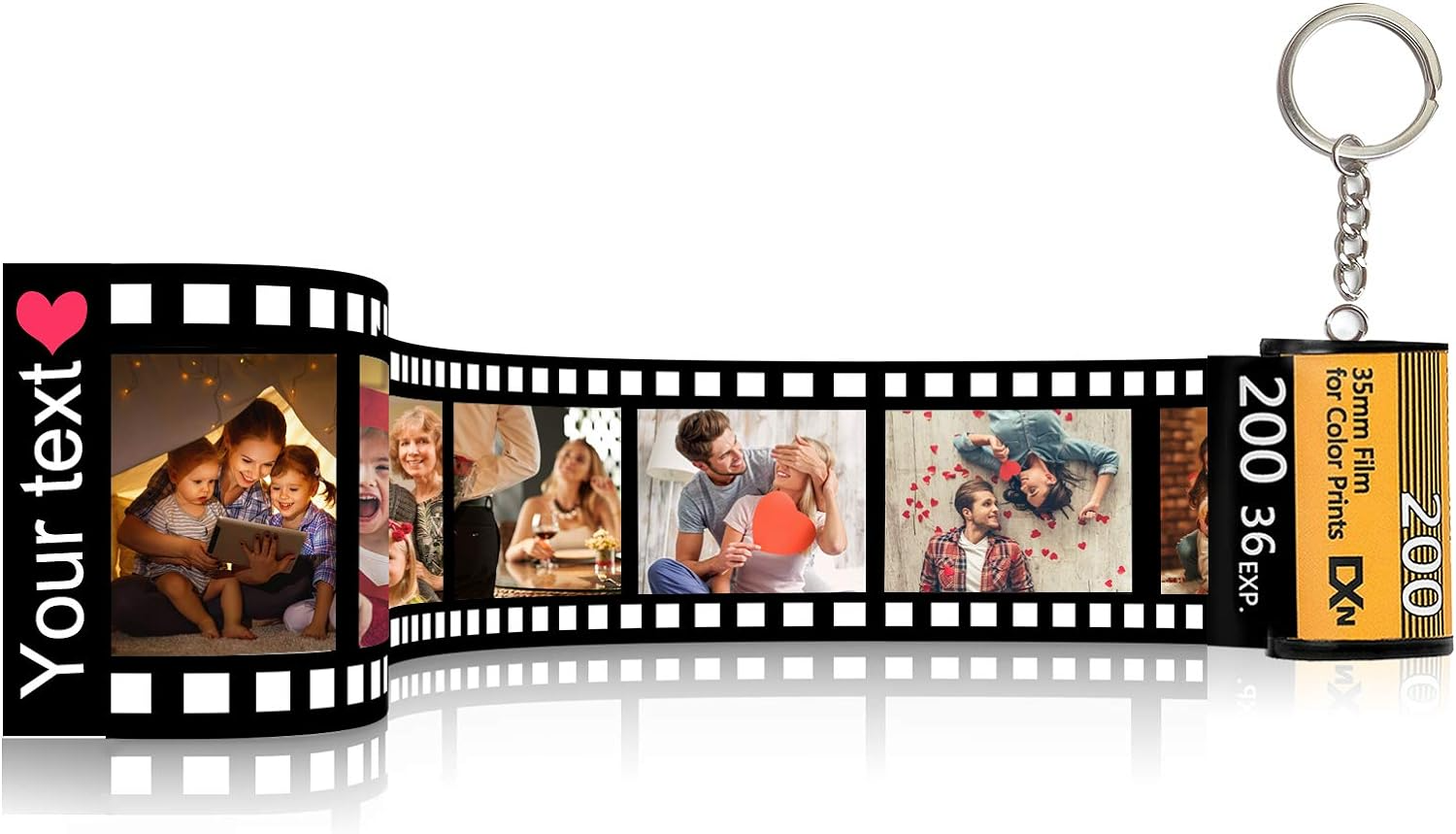
Saving Reels from Others
Instagram Reels have taken the social media world by storm, offering users a way to create and share short, entertaining videos. While saving your own Reels is straightforward, saving Reels from other creators isn’t supported directly by Instagram due to copyright and intellectual property considerations. However, there are ways to keep a record of Reels you admire or find inspiring.
Respect for Copyright and Creative Property
Before attempting to save a Reel made by someone else, it’s crucial to remember that every Reel is the creative property of its creator. Saving and sharing this content without permission can infringe on copyright laws and the creator’s rights. If you wish to share another user’s Reel, the best and most respectful approach is to use the app’s built-in sharing functions that repost the content within the Instagram platform, such as through your story or by sending it directly to another Instagram user.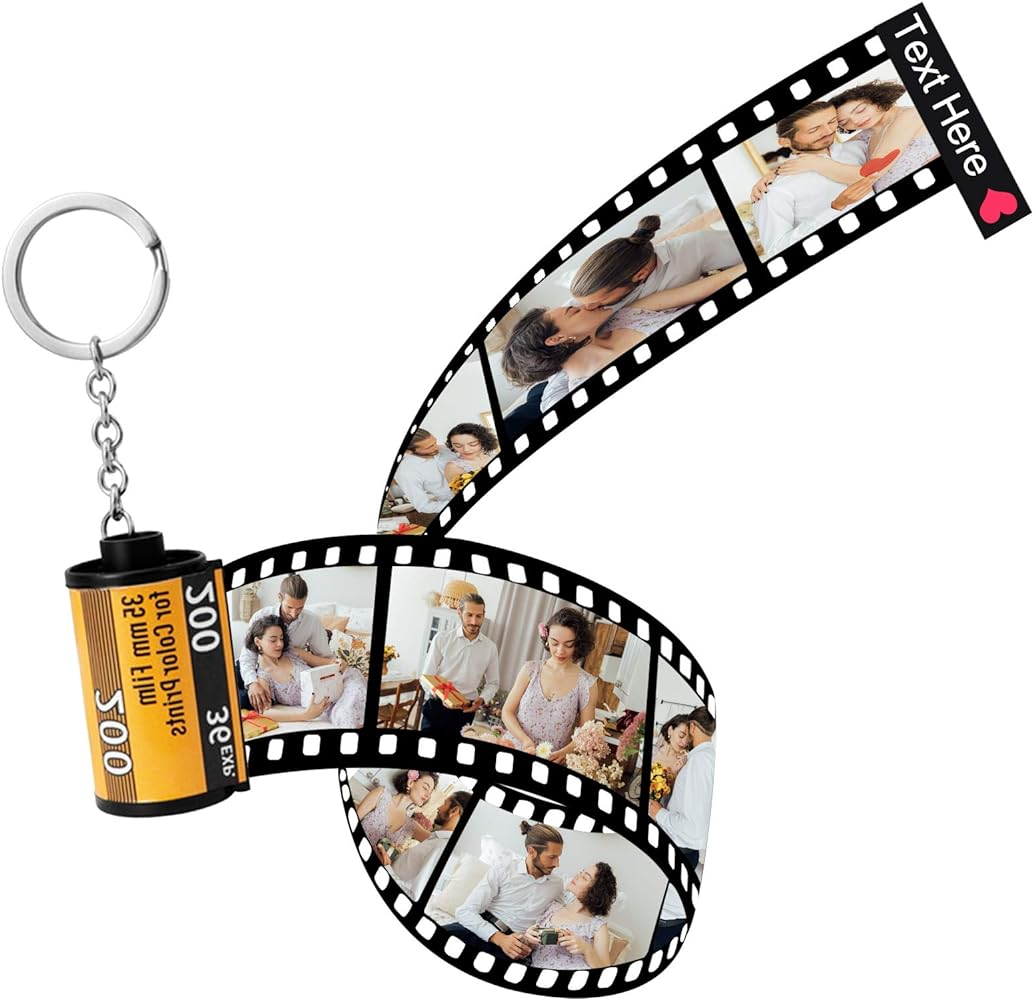
Using Instagram’s Save Feature
While you can’t download other users’ Reels to your camera roll directly, Instagram allows you to save them within the app. By tapping the save icon (which looks like a bookmark) below the Reel, you can add it to your saved items list. This makes it easy to revisit the Reel at any time through your saved collection without needing to download it to your device.
Third-Party Downloaders
If you need to save a Reel from another creator for purposes such as reviewing for educational content or for critical commentary and you have ensured it falls under fair use, there are third-party apps and websites designed to download Instagram content. These services typically require you to input the URL of the Reel you want to save, and they will process the download for you. Be sure to use trusted and secure services to avoid compromising your device’s security and to ensure that you’re not violating any terms of service or legal guidelines.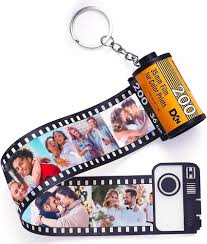
The Ethical Consideration of Content Usage
When engaging with Instagram Reels created by others, it’s imperative to navigate the ethical landscape with mindfulness and respect. Social media platforms like Instagram have democratized content creation, giving rise to a new generation of digital artists and storytellers. With the ease of access to a vast array of content, the question of ethical usage becomes a pivotal concern for users who wish to save and potentially share that content.
Ethical Implications of Saving and Sharing Content
Acknowledging the creator’s intellectual property rights is the cornerstone of ethical content usage. When you encounter a Reel that resonates with you, the instinct might be to save it for later inspiration or share it with your network. While these actions are often well-intentioned, they can inadvertently lead to copyright infringement and the dilution of the original creator’s brand, especially if the content is shared without proper attribution or used for commercial gain.
Creators invest time, effort, and creativity into producing their Reels and rely on the platform’s visibility for recognition, opportunities, and sometimes revenue. Saving and sharing their content without consent or acknowledgment can undermine these efforts. Therefore, before saving a Reel, consider your motives and the potential impact on the creator.
Best Practices for Content Usage
The best practice when dealing with content created by others is to engage with it within the confines of the platform. Instagram’s own infrastructure provides numerous ways to appreciate, share, and interact with Reels, such as liking, commenting, sharing to stories, and sending direct messages. These actions support creators by increasing the visibility of their content and driving engagement within the community.
If you wish to use the content beyond personal viewing—for example, as part of a presentation, blog post, or video commentary—it is crucial to reach out to the creator for permission. Not only is this a legal safeguard, but it also fosters a collaborative environment where creators’ rights are respected.
When permission is granted, always provide clear and conspicuous credit to the creator, ideally including their name and a direct link to their Instagram profile or the original Reel. Proper attribution not only respects the creator’s work but also maintains transparency with your audience.
The Role of Intent in Content Usage
Intent plays a significant role in the ethical use of content. If the purpose of saving a Reel is strictly personal—for instance, to study a technique or draw inspiration for your own work—this is generally acceptable behavior, as long as the content is not redistributed. However, if the intent involves replication, public display, or any form of redistribution that could be construed as replacing the original content, it is a clear breach of ethical usage.
In summary, ethical consideration in content usage ensures that all participants in the digital ecosystem are acknowledged and respected for their contributions. As the lines between creator and consumer continue to blur in the digital age, a heightened sense of responsibility and integrity is essential when saving, sharing, and using the content of others.
